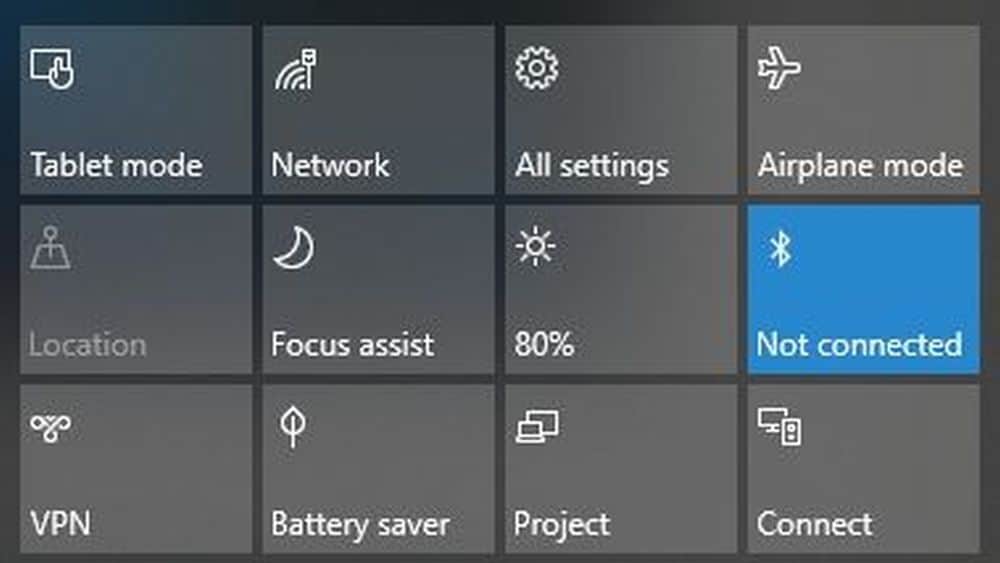
- WINDOWS 10 FIRE TV SCREEN MIRROR ANDROID
- WINDOWS 10 FIRE TV SCREEN MIRROR WINDOWS 8.1
- WINDOWS 10 FIRE TV SCREEN MIRROR WINDOWS
Or, you could play a video game and view only the game world on the screen, with a separate set of controls on your phone. So you could watch a Netflix video and view the playback controls only on your phone, so they wouldn’t get in the way on the TV. These protocols also allow you to display something different on your device’s screen and on your TV. With Miracast, your phone’s screen would have to stay powered-on and streaming the video for the entire length of the Netflix movie, draining its battery.
:max_bytes(150000):strip_icc()/Screenmirroringapp-d0eacd9e3f714108b496841f4d54373a.jpg)
You could then set your phone down and it would go to sleep. Your phone would then tell the Chromecast to play the video, and the CHromecast would connect to the web and stream it directly. However, they can also be smarter.įor example, you could open the Netflix app on your phone, locate a movie you want to watch, and tap the Chromecast button.
WINDOWS 10 FIRE TV SCREEN MIRROR WINDOWS
Both Apple’s AirPlay and Google’s Chromecast can mirror a device’s screen - yes, a Chromecast can even mirror your Windows desktop and all your running applications. Banishing the HDMI cable is nice, but Miracast doesn’t have the “smarts” competing protocols offer. In practice, even if Miracast worked perfectly, the core design would still be a problem. Miracast promises to banish the HDMI cable.

It would be great to be able to walk into a hotel room and easily mirror your device’s screen on its TV, or walk into an office and wirelessly connect to a TV so you could give a presentation without messing with cables. It should be open standard for wireless display streaming that every manufacturer can implement, allowing devices to just work with each other. Miracast Problem 1: It’s Only Screen Mirroring In theory, Miracast should become increasingly widespread, even being integrated into TVs themselves so you can easily wirelessly stream to them. There are also many other dedicated Miracast receivers you can buy. Amazon’s Fire TV has Miracast integrated, and so does their new Fire TV Stick - a $39 device with Miracast support built in. Microsoft sells two of their own Miracast receivers, named the Microsoft Screen Sharing for Lumia Phones (HD-10) and the Microsoft Wireless Display Adapter.
WINDOWS 10 FIRE TV SCREEN MIRROR ANDROID
It’s basically Windows and Android only, for now.Īs we mentioned above, the Roku 3 and Roku Streaming Stick are now Miracast-compatible. Linux PCs will require some sort of unsupported hack to do this, Chromebooks don’t have native Miracast support, and Apple’s Macs and iOS devices support AIrPlay and not this open standard. Amazon’s Fire OS is built on top of Android, so it also supports Miracast. Android phones and tablets running Android 4.2 or newer can also stream to Miracast devices.

WINDOWS 10 FIRE TV SCREEN MIRROR WINDOWS 8.1
Which Operating Systems and Devices Support MiracastĬomputers running Windows 8.1 and phones running Windows Phone 8.1 can stream to Miracast devices. Everything on your phone’s screen would be mirrored on the TV.īecause it’s all about screen mirroring and doesn’t have the “smarts” you see in protocols like AirPlay and Chromecast, which can hand-off streaming to another device and display a different interface on one device’s screen, Miracast can best be thought of like a wireless HDMI cable. So, if you wanted to start a Netflix video on your phone and play it via Miracast, you’d have to leave your phone’s screen on the whole time. Miracast functions exclusively as a “screen mirroring” protocol. Check out our comparison of AirPlay, Miracast, WiDi, Chromecast, and DLNA to understand the differences between all these different protocols. Unlike protocols like Apple’s AirPlay (on the Apple TV) and Google’s Chromecast (on the Chromecast and Android TV devices), Miracast is designed to be a cross-platform standard. Rather than physically connecting your laptop, smartphone, or tablet to a TV like you would with an HDMI cable, Miracast provides a wireless standard that allows devices to discover each other, connect to each other, and mirror the contents of their screen wirelessly. Miracast is a standard that hopes to one day banish the need for HDMI cables. RELATED: Wireless Display Standards Explained: AirPlay, Miracast, WiDi, Chromecast, and DLNA


 0 kommentar(er)
0 kommentar(er)
